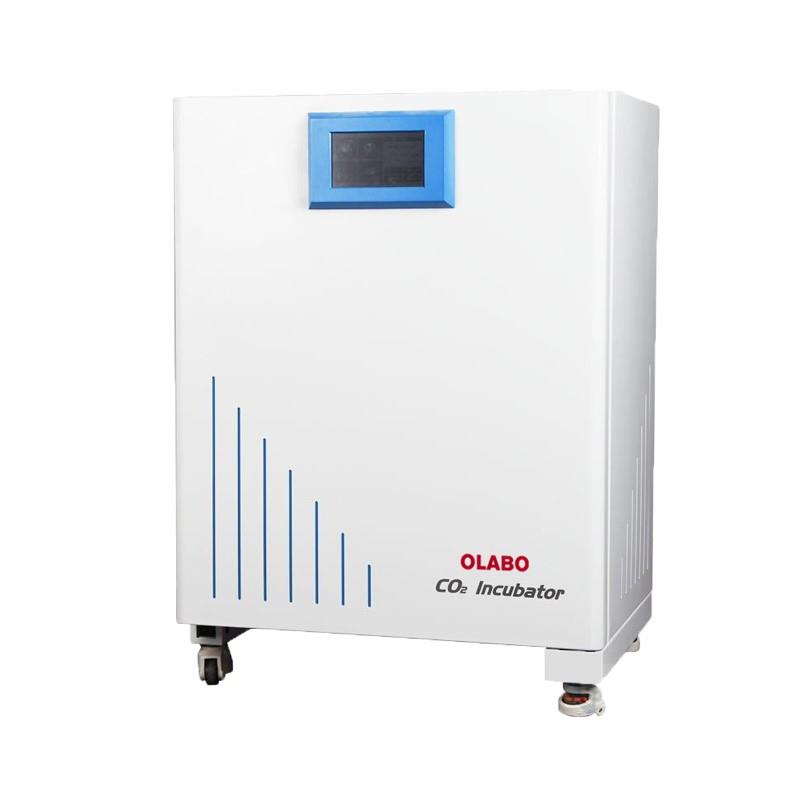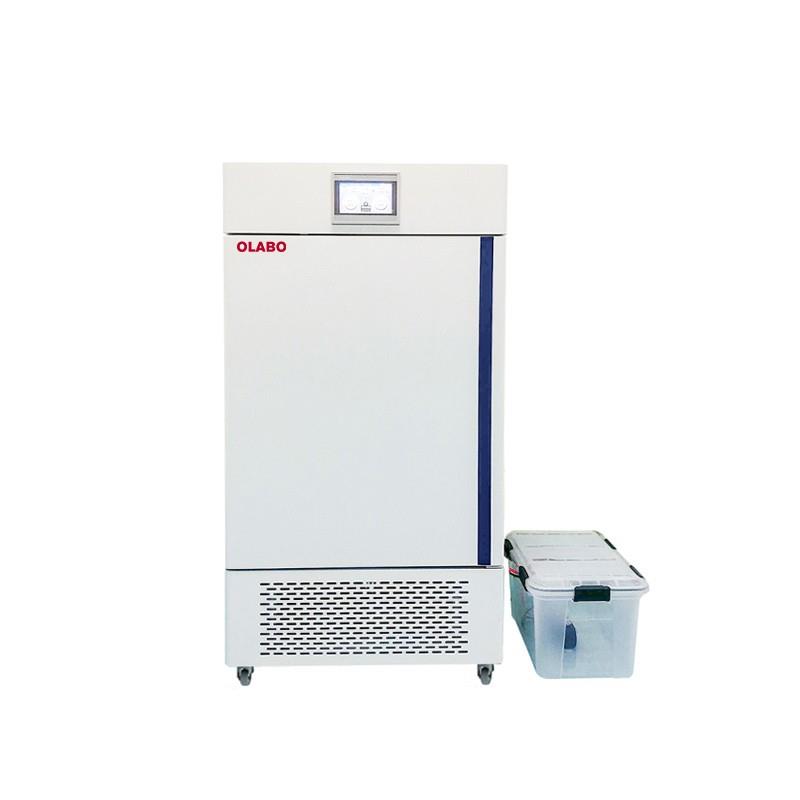How to Choose an AUTOCLAVE for you
The autoclaves (laboratory sterilizers) from OLABO specially developed for laboratory sterilization applications, makes processes safer, easier, accurate, reproducible and validatable. OLABO autoclaves can be used in all laboratory applications, even in demanding sterilization processes: the sterilization of liquids (such as nutrient and culture media), solids (such as instruments, pipettes, glassware), waste (destructive sterilization of liquid waste in bottles, or solid waste in destruction bags) and biological hazards in safety laboratories.
Maintaining infection control and a sterile work environment is a top priority for a modern laboratory or research facility. This makes autoclaves indispensable. They ensure that unwanted and harmful microorganisms are destroyed. Usually, autoclaves with a steam sterilization function are used in laboratories. These employ the intense heat of the steam to build up pressure within the device and so kill bacterial spores by denaturing and flocculating their cell proteins through hydrolysis.

Autoclaves: options and accessories
As numerous as the fields of application for autoclaves are, so varied are the available autoclaves and their options. Although autoclaves are built with the same basic features, they do vary in shape, size and functionality, while adhering to the same manufacturing rules and standards of performance and core safety. Major laboratories and production facilities certainly place different demands on autoclaves than highly specialised research facilities or small labs with all-round applications do. Consequently, the decision to purchase must be preceded by a detailed needs analysis that takes current and future demands on the autoclave into account. Besides spatial and ergonomic aspects, such as simple, careful operation and economic efficiency, as well as safe, precise and above all reproducible and validatable sterilization, some other important factors need to be considered.







